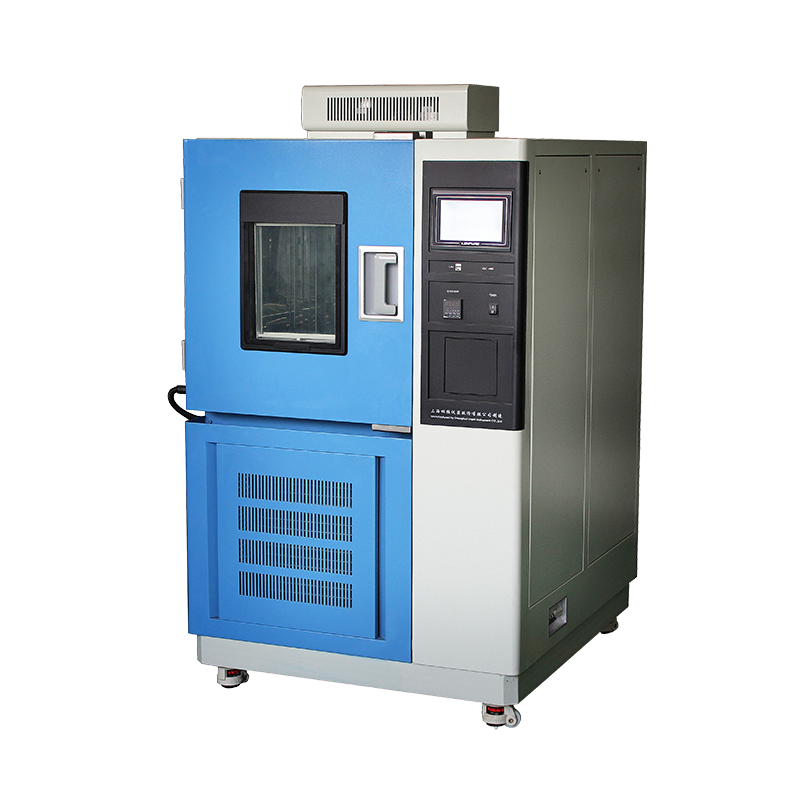

During the daily use of high and low temperature test chambers, basic malfunctions may occur. Below is an analysis of troubleshooting methods by Linpin Instruments:
Humidity Issues During Damp Heat Tests
If the actual humidity reaches 100% or differs significantly from the target humidity (e.g., much lower), the possible causes are as follows:
For the former case (100% humidity):
The gauze on the wet bulb sensor may be dry. Check whether the water tank for the wet bulb sensor is empty.
The water level in the tank is controlled automatically by a water level controller. Verify if the water supply system is functioning properly and if the water level controller is working correctly.
Another possibility is that the gauze has hardened due to prolonged use or impurities in the water, preventing it from absorbing moisture. Replacing or cleaning the gauze can resolve this issue.
For the latter case (low humidity):
The humidification system may not be operating. Inspect the water supply system for the humidifier to ensure it contains sufficient water.
Check whether the water level control for the humidification boiler is functioning and whether the water level inside the boiler is normal.
Refrigeration System Leak Detection

Use a leak detector and soapy water to locate leaks.
If the leak is found at the hot gas bypass solenoid valve (e.g., a cracked valve stem), replace the solenoid valve.
If leaks are found elsewhere, repair them with oxygen welding, recharge the system with refrigerant, and resume normal operation.
Sudden Faults During Operation
If a fault occurs during testing, the control panel will display an error message with an audible alarm.
Operators can refer to the troubleshooting section in the user manual to quickly identify the issue and contact professionals for prompt resolution to ensure uninterrupted testing.
Other environmental test equipment may exhibit different issues, requiring case-specific analysis and solutions.
Regular maintenance is essential, including cleaning the condenser in the refrigeration system, lubricating moving parts as per the manual, and inspecting the electrical control system.
High-Temperature Test Issues
If the temperature does not reach the set value, inspect the electrical system to eliminate faults one by one.
If the temperature rises too slowly, check the air circulation system:
Ensure the air circulation baffle is properly open.
Verify whether the air circulation motor is functioning normally.
If there is severe temperature overshooting, adjust the PID settings.
If the temperature rises uncontrollably and triggers over-temperature protection, the controller may be faulty and require replacement.
Low-Temperature Test Issues
If the temperature does not meet the test specifications, observe the temperature change:
If the temperature drops too slowly:
Check whether the chamber was properly dried before the test to ensure a dry environment.
Verify whether too many test samples are placed inside, obstructing proper air circulation.
If these factors are ruled out, the issue may lie in the refrigeration system, requiring professional repair.
If the temperature rebounds after reaching a certain point:
This may be due to poor environmental conditions where the chamber is placed.
Ensure the ambient temperature and placement (distance between the chamber and the wall) meet the requirements specified in the user manual.